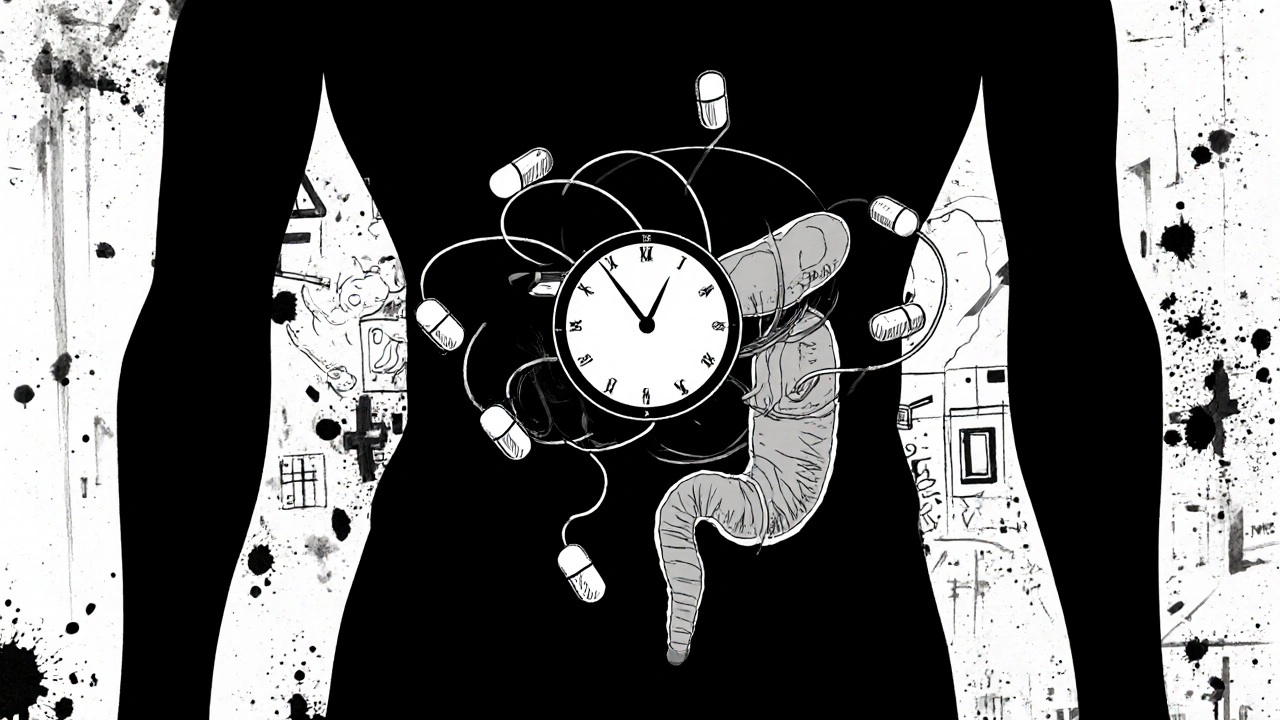Drug‑Induced Pancreatitis
When dealing with drug‑induced pancreatitis, an inflammation of the pancreas triggered by certain medications, patients need to recognize warning signs and understand which drugs are most often responsible. Also known as medication‑related pancreatitis, it can arise from a wide range of drug classes. Common culprits include statins, cholesterol‑lowering agents that occasionally irritate the pancreas and clindamycin, an antibiotic linked to gut‑flora changes that may precipitate pancreatic injury. Other offenders such as certain antidepressants or hormonal contraceptives also play a role. Recognizing the link early can prevent severe complications and guide doctors toward safer alternatives. Drug‑induced pancreatitis therefore deserves a clear, practical overview.
How Medications Trigger Pancreatic Inflammation
The pancreas reacts to drugs through several mechanisms. Some agents cause direct toxic injury to pancreatic cells, while others disrupt bile flow or alter gut microbiota, creating a cascade that leads to enzyme activation within the organ. For instance, high‑dose statins can interfere with mitochondrial function, a factor that requires monitoring in patients with pre‑existing liver or pancreatic concerns. Antibiotics like clindamycin shift bacterial balances, influencing the risk of gallstone formation, a known pathway to pancreatitis. Antidepressants such as venlafaxine may raise serum triglycerides, enhancing the chance of fatty‑acid‑induced inflammation. Understanding these pathways helps clinicians identify at‑risk individuals and adjust therapy before severe pain sets in.
Symptoms typically mirror those of other forms of pancreatitis: sudden upper‑abdominal pain that radiates to the back, nausea, vomiting, and sometimes fever. Laboratory tests show elevated amylase and lipase, but the key to pinpointing a drug cause is a thorough medication history. Imaging—usually an abdominal CT or MRI—confirms inflammation and rules out obstruction. Once a suspect drug is identified, the first step is immediate discontinuation, followed by supportive care: IV fluids, pain control, and nutritional support. In some cases, especially when the offending drug is essential, doctors may switch to a lower‑risk alternative or implement dose adjustments, as seen with alternate‑day statin dosing strategies that aim to keep cholesterol benefits while minimizing side effects.
Prevention hinges on awareness. Patients starting new medications should be educated about early warning signs, and providers should review current drug lists for known pancreatic irritants. Regular monitoring of triglyceride levels, liver enzymes, and pancreatic markers can catch trouble before it escalates. When drug‑induced pancreatitis does occur, early recognition shortens hospital stays and improves outcomes. Below you’ll find a collection of articles that dive deeper into specific drug classes, management tricks, and real‑world case studies—everything you need to stay ahead of this hidden but serious side effect.

Medication‑Induced Severe Pancreatitis: Warning Signs and Treatment
Learn how to spot medication‑induced severe pancreatitis, identify high‑risk drugs, and follow a step‑by‑step treatment plan that can save lives.




